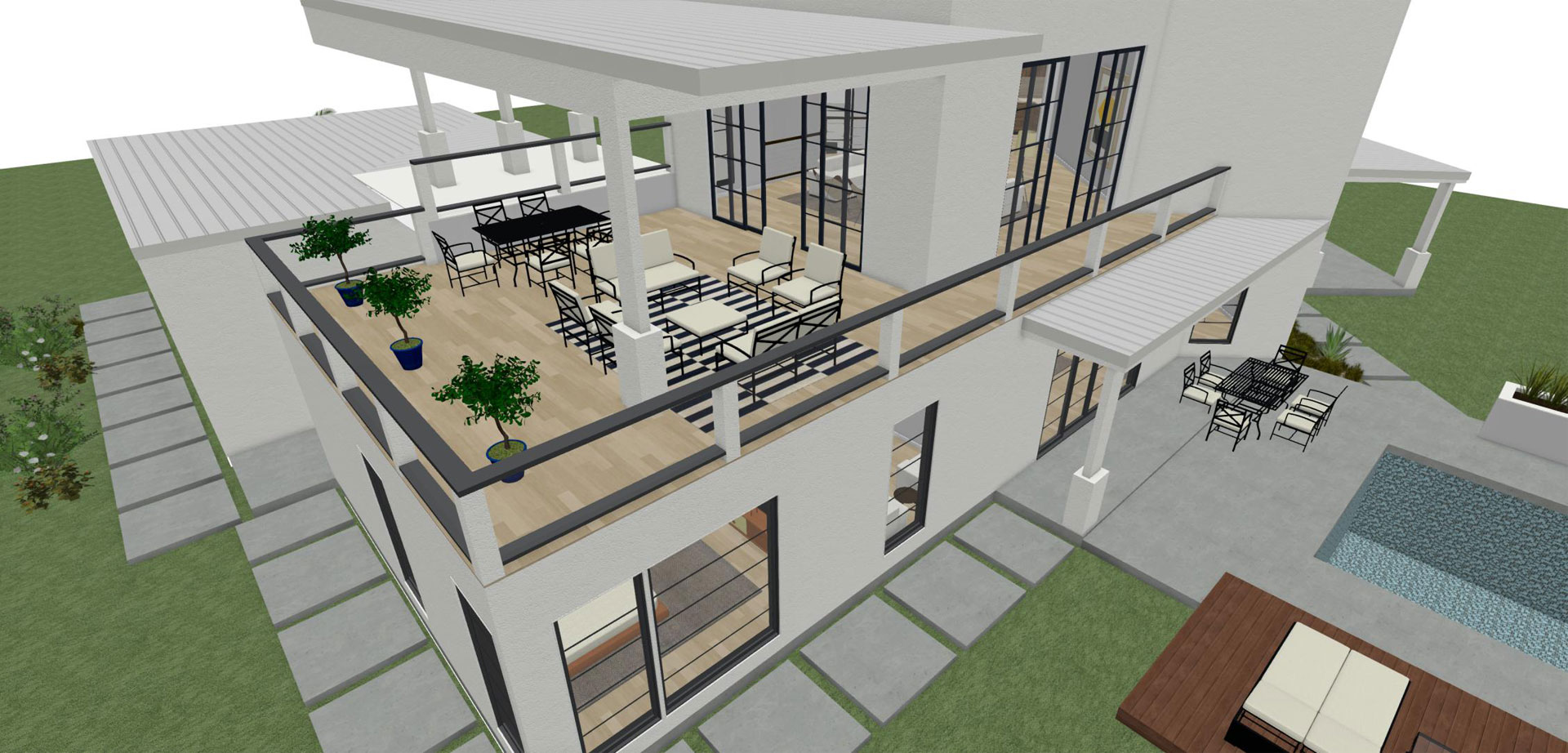A Comprehensive Summary of Building Designs and Their Impact on Modern City Preparation and Growth
Building designs have actually long offered as a mirror to the social worths and technical innovations of their time, playing an essential function fit modern city planning and development. From the grandeur of Neoclassicism to the utilitarian approach of Brutalism, each style has actually presented one-of-a-kind principles that affect metropolitan aesthetics and functionality. As modern obstacles emerge, consisting of sustainability and neighborhood needs, understanding these historic structures ends up being necessary. The resulting dialogue not only educates future layout methods however also elevates significant inquiries about the balance between heritage and innovation in our advancing metropolitan landscapes.
Historical Summary of Architectural Styles

As cultures transitioned via the Middle Ages, Gothic architecture emerged, identified by its verticality and detailed outlining, mirroring the spiritual aspirations of the period. The Renaissance noted a revival of classical perfects, merging art and architecture in cutting-edge methods that influenced succeeding designs across Europe.

Today, architectural styles proceed to advance, driven by globalization and sustainability issues, mirroring a dynamic interplay in between heritage and innovation. This historical introduction emphasizes the importance of design as a mirror of social evolution and as a driver for city growth.
Key Architectural Styles Explained
The diversity of building designs mirrors the myriad influences that shape our built atmosphere, each symbolizing distinctive characteristics and cultural importances. Secret building designs consist of Classic, Gothic, Baroque, Innovation, and Postmodernism, each standing for unique historical contexts and aesthetic viewpoints.
Classic design, rooted in ancient Greece and Rome, highlights balance, percentage, and making use of columns (cda architects). On the other hand, Gothic design, growing between Ages, is identified by sharp arcs, ribbed safes, and flying buttresses, producing a spiritual top quality in sanctuaries. Baroque style, arising in the 17th century, is noted by magnificence, fancy ornamentation, and a dynamic interaction of light and darkness
Innovation, which gained momentum in the very early 20th century, focuses on feature over type, using new materials like steel and glass to create minimalist frameworks. Postmodernism, responding against the austerity of Modernism, embraces eclecticism and historic recommendation, commonly integrating lively elements and paradox.

Influence On Urban Planning
In forming the development of cities, building styles considerably influence city preparation decisions. The choice of architectural style usually dictates the appearances, functionality, and overall character of urban environments.
Moreover, architectural designs can affect zoning laws and land utilize policies. Urban coordinators need to take into consideration the dominating building trends when designing districts, ensuring that brand-new developments harmonize with existing frameworks. This consideration promotes natural city landscapes and enhances neighborhood identification.
The implementation of specific architectural designs can also affect socioeconomic aspects within a city. For example, premium contemporary designs might bring in affluent residents and organizations, causing gentrification, while more budget-friendly real estate solutions may focus on useful and sustainable layouts to suit diverse populations. Eventually, the interaction in between architectural designs and metropolitan planning creates vibrant cities that reflect both historic context and modern demands, forming the lived experiences of their citizens
Sustainability and Modern Architecture
Architectural designs play a pivotal duty in attending to contemporary difficulties, especially in the realm of sustainability. As metropolitan areas expand and environmental concerns magnify, modern architecture significantly embraces lasting layout concepts that prioritize energy effectiveness, resource preservation, and minimal environmental influence.
Contemporary architectural activities, such as biophilic style and environment-friendly architecture, advocate for frameworks that harmonize with their environments, utilizing natural products and promoting biodiversity. These styles commonly include renewable power resources, such as photovoltaic panels and wind generators, to decrease reliance on fossil gas and lower carbon impacts.
In addition, the combination of innovative technologies, such as smart structure systems, enhances energy monitoring, optimizing source usage while ensuring owner convenience. Ingenious water management strategies, including rain harvesting and greywater recycling, additional contribute to lasting metropolitan environments.
Significantly, sustainability extends past environmental problems; it incorporates social and economic measurements also. By promoting area health and advertising inclusivity, modern-day building designs straighten with sustainable development goals. As a result, the development of Read More Here architectural techniques continues to form durable cities that not only meet the demands of the existing but additionally guard the future for generations to find.
Community Engagement in Style
Neighborhood interaction in design serves as a crucial bridge in between designers and the populations they serve, making certain that the developed atmosphere mirrors the demands and desires of its customers. This collaborative process welcomes area participants to contribute their insights and choices, cultivating a feeling of ownership and obligation toward the areas they populate.
Efficient neighborhood interaction employs various methods, such as workshops, studies, and public forums, to collect varied perspectives. These approaches help with a two-way dialogue, permitting engineers to comprehend local contexts while equipping locals to articulate their issues and desires. This inclusivity not just improves the design quality yet also promotes social equity by attending to the unique difficulties faced by marginalized groups.
Moreover, area interaction can result in ingenious remedies that may not arise in a traditional style procedure. By incorporating local understanding and cultural worths, designers can develop areas that resonate more deeply with individuals, improving functionality and sustainability. Eventually, focusing on neighborhood involvement in design processes results in atmospheres that support you could check here social interactions, support well-being, and reinforce community connections, consequently playing an essential role in shaping modern metropolitan landscapes.
Final Thought
Building designs have actually exceptionally influenced modern-day city preparation and development, mirroring progressing cultural and technological contexts. As cities continue to grow and adjust, the continuous dialogue in between architectural heritage and modern layout concepts will certainly remain necessary in creating comprehensive, lively spaces Read More Here that improve quality of life and promote social equity.
Comments on “Just How CDA Architects Incorporate Eco-Friendly Practices in Architectural Projects”